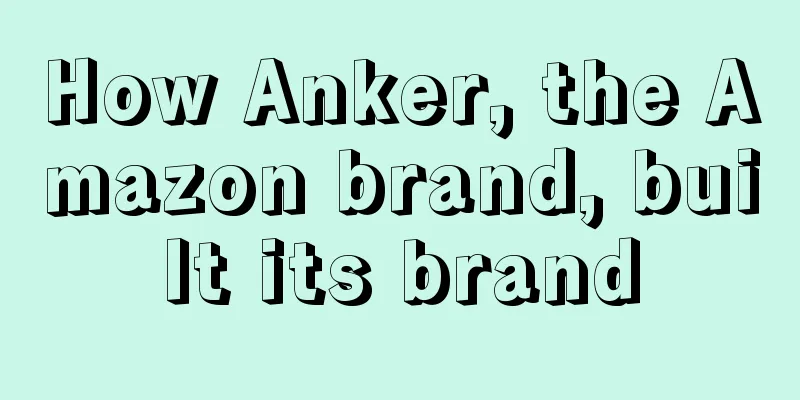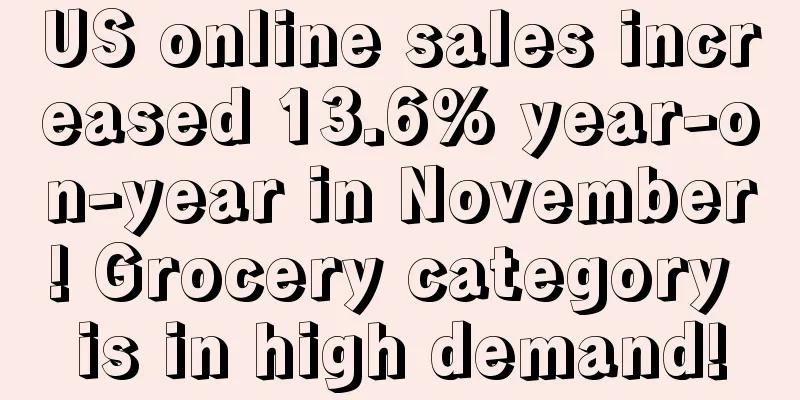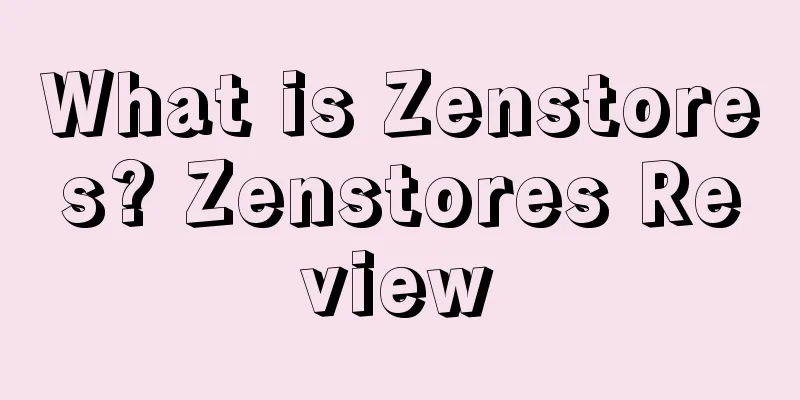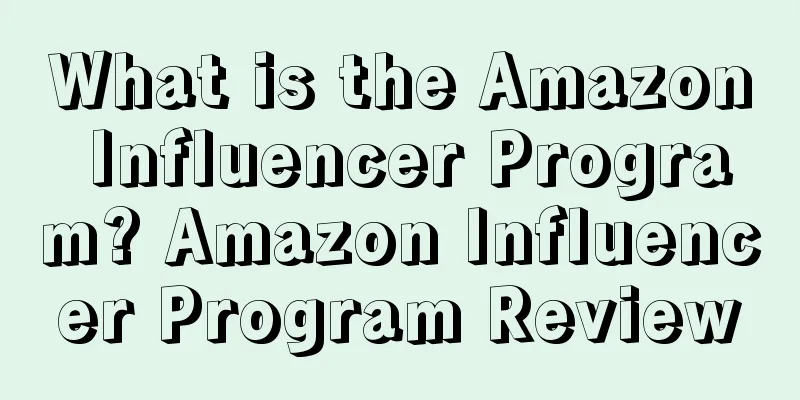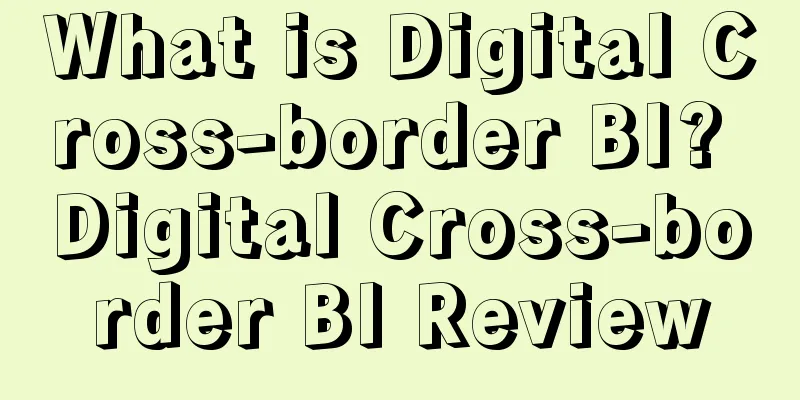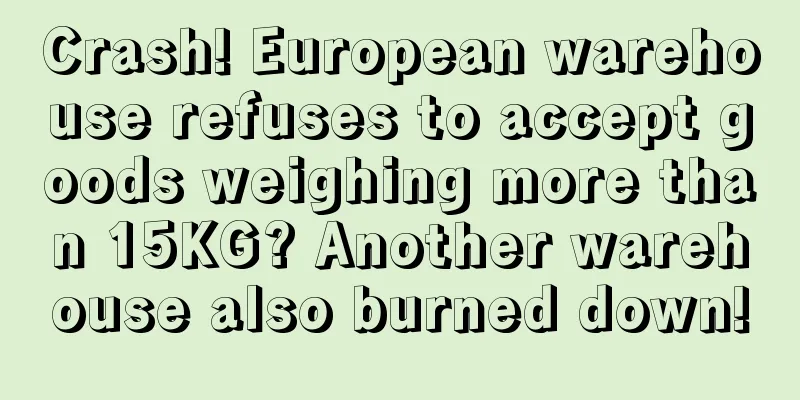Medical epidemic prevention supplies are under martial law! From April 1, the export of medical epidemic prevention supplies requires customs registration!
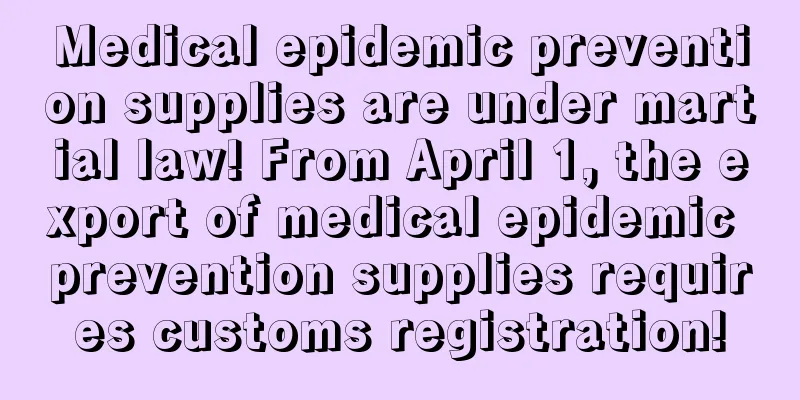
|
Starting from April 1st! New regulations for exporting medical supplies. In order to meet the needs of domestic epidemic prevention and control, the Ministry of Commerce will work with relevant departments to establish a working mechanism to strictly control the quality of relevant medical supplies and crack down on counterfeit and shoddy products. Announcement No. 5 of 2020 by the Ministry of Commerce, the General Administration of Customs and the National Medical Products Administration on orderly export of medical supplies: The global epidemic is spreading rapidly. On the basis of doing a good job in domestic epidemic prevention and control, orderly export of medical supplies is an important measure to deepen international cooperation in epidemic prevention and control and jointly respond to the global public health crisis. In response to the current quality disputes over China's exported epidemic prevention materials, the Ministry of Commerce stated that once quality problems arise in the export of medical supplies, China will conduct a serious investigation, investigate and deal with each case discovered, and punish the offenders in accordance with the law, with no leniency. Starting from April 1, companies exporting novel coronavirus testing reagents, medical masks, medical protective clothing, ventilators, and infrared thermometers must provide written or electronic declarations when declaring to customs that comply with the quality standards of the importing country (region). We must strictly control the export quality, especially in the current situation, to ensure the quality of medical supplies for foreign aid and commercial exports. This is a matter of life and death, and it also affects the reputation of Chinese manufacturing and even the entire China. So what preparations should be made in advance for the export of masks? The editor summarizes the guidelines for customs technical trade measures. Export customs clearance tips Prerequisites for customs clearance Consignor and consignee registration code (charitable organizations can use temporary codes) and paperless customs clearance legal person card Export qualification For mask export, Chinese Customs has no special qualification requirements for production and sales units and domestic shippers, except for meeting the domestic production and market circulation qualification requirements. Export declaration requirements 1. Product classification : Except for special circumstances, most masks should be classified under tax number 63079000. 2. Inspection and quarantine: Masks are illegal products, so there is no need to fill in the inspection and quarantine items when declaring. According to the intergovernmental inspection agreement signed between the Chinese government and relevant countries, products exported to a few countries such as Iran must be inspected before shipment in accordance with regulations. 3. Tariff exemption: If the exported materials are of a trading nature, the exemption nature declaration will indicate general taxation, and the exemption method declaration will indicate taxation according to regulations; if the materials are of a donation nature, and the domestic consignor is a trade agent, charity organization, etc., the exemption nature does not need to be filled in, and the exemption method declaration will indicate full exemption. 4. Prohibition and restriction management: Currently, the Ministry of Commerce has not set any trade control requirements for masks, and China Customs has no port verification requirements for regulatory certificates for protective materials. 5. Declaration specifications: Fill in the product name and ingredient content according to the declaration specifications; if the material is not produced in China, the country of origin should be filled in according to the actual country of production. Export tax rebate The export tax rebate rate for masks is 13%. China-U.S. tariffs excluded US companies can apply to be excluded from the additional tariffs on imported masks, but only a few companies have been granted exemptions so far. For more information, please visit the US Trade Representative's website at https://ustr.gov/. Fast customs clearance guarantee If the export declaration of materials encounters system failures such as single window failures, you can contact the on-site customs to take emergency measures, or call the customs 12360 hotline for consultation. Preparation before export Clarify the classification of masks Foreign countries generally divide masks into two categories according to their uses: personal protection and medical. Domestic export trading companies must have a business license, enterprise production license, product inspection report, medical device registration certificate (not required for non-medical use), product manual, product batch/number, product quality and safety book or certificate, product sample photos and outer packaging photos, and trading companies must obtain customs consignee and consignor registration. Mask access conditions in various countries (1) Medical protective masks: comply with China's mandatory standard GB 19083-2010, with a filtration efficiency of ≥ 95% (tested using non-oily particles). (2) N95 mask: US NIOSH certified, non-oily particle filtration efficiency ≥ 95%. (3) KN95 mask: complies with China's GB 2626 mandatory standard, with a non-oily particle filtration efficiency of ≥95%. Necessary information: bill of lading, packing list, invoice, Korean importer's business license. Personal protective mask standards: KF (Korean filter) series are divided into KF80, KF94, KF99 The regulatory threshold for medical device access in South Korea is basically classified into Class I, II, III, and IV. The certificate holders must be Korean companies, and Korean consignees need to register import qualifications with the Korean Food and Drug Administration in advance. It must be registered with the Australian TGA and comply with the standard specification: AS/NZS 1716:2012, which is the respiratory protective device standard for Australia and New Zealand. TGA is the Therapeutic Goods Administration, which is the regulatory body for therapeutic goods (including drugs, medical devices, gene technology and blood products) in Australia. Australia divides medical devices into Class I, Is and Im, IIa, IIb, and III. The classification of products is almost the same as that of the EU. If the product has obtained the CE mark, the product category can be classified according to CE. The quality issues of medical supplies are more concerning than product quality issues in other fields, and the reason is self-evident. For us, we should have strict requirements on the quality and quantity of exported medical products. If quality problems are true, the relevant companies must be severely punished according to law. We also hope that sellers can abide by business rules, meet export conditions, and be prepared for export. Source: SellerGrowth |
<<: Breaking news! The United States suddenly canceled its approval of China's KN95 mask standards!
Recommend
What is MaxAB? MaxAB Review
MaxAB is a Cairo-based B2B e-commerce marketplace ...
Shopify Black Friday GMV hits record! Strong performance in multiple categories
It is learned that with the end of the Black Frida...
What is CrowdRiff? CrowdRiff Review
CrowdRiff is an AI-powered visual content manageme...
Latest news: National departments have issued a tax-free policy for imported materials to prevent and control the new pneumonia epidemic
Announcement on the tax exemption policy for impo...
What is RFI? RFI Review
RFI (Request For Information) Information invitati...
Learn product packaging design and increase sales!
There are many factors that influence consumers’ ...
Topped the Amazon seller list, Anker's revenue in the first half of the year exceeded 9 billion
In 2024, Anker Innovations will still be the leadi...
What is Hashtracking? Hashtracking Review
Hashtracking is a social media analytics tool. Has...
What is iCraft Gifts? iCraft Gifts Review
iCraft Gifts is headquartered in Toronto, Canada. ...
Prime Day is approaching, do Amazon Prime members prefer shopping on other platforms?
As Prime Day approaches, a survey shows that Amazo...
What is the new Amazon-Apple deal? Review of the new Amazon-Apple deal
Amazon has signed a new agreement with Apple that ...
What is Xiaofeixia Logistics? Xiaofeixia Logistics Review
Shenzhen Xiaofeixia Modern Logistics Information T...
What is Campay? Campay Review
Campay provides email marketing solutions for smal...
What is Galeries Lafayette? Galeries Lafayette Review
Galeries Lafayette is the most famous high-end dep...
Amazon sellers were forced to pay 56.54 million yuan and owed employees 80 million yuan in compensation
As the former No. 1 cross-border stock, it is diff...
